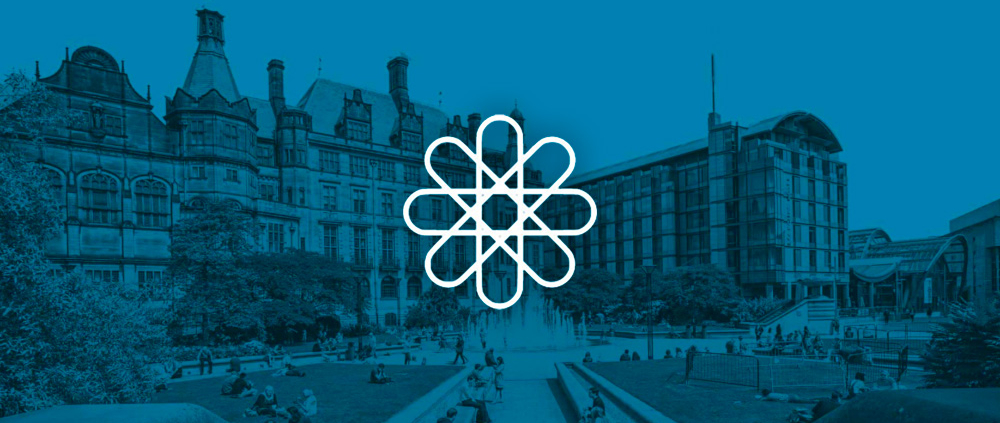Is Cryotherapy Used To Treat Cancer?
There are a lot of unique, experimental and innovative treatments used in private oncology to help treat cancer, but the three main types are conventional surgery, chemotherapy and radiotherapy.
These treatments have been used for nearly a century and the effectiveness of these treatments for most forms of cancer is well-established, so an oncologist can recommend certain treatments or courses of treatment over others.
However, one of the most unique treatments is the opposite of radiotherapy, where instead of burning the cancerous tumour or lesion using a beam of radiation, liquid nitrogen or exceptionally cold argon gas is used to freeze the cells and destroy them that way.
A cryotherapy treatment is the use of extreme cold to destroy precancerous conditions, lesions, tumours and some types of cancers.
Typically it is used for some types of basal cell skin cancer, where it takes the form of liquid nitrogen that is carefully applied to the cancerous area. Liquid nitrogen is cooled to a temperature far lower than the cells will survive, causing the cancer to die.
Alternatively, it can be used for some types of cervical cancer, liver cancer, kidney cancer or lung cancer that has reached an advanced stage, with a clinical trial taking place to see if it is effective at treating prostate cancer.
In these cases, it takes the form of an argon gas that is carefully inserted into the body using a cryoprobe. This carefully freezes the cancer cells from the inside and destroys them.
This process is repeated until cell death is achieved.
It is generally effective as long as the area in question has strong blood circulation. The cold causes blood vessels to constrict, and if there is a poor flow of blood, it can cause tissue to die in the surrounding area unintentionally, similar to the care put into radiotherapy treatments.




